Share to gain more social capita
Written by — Mikko Sulonen, Data Architect
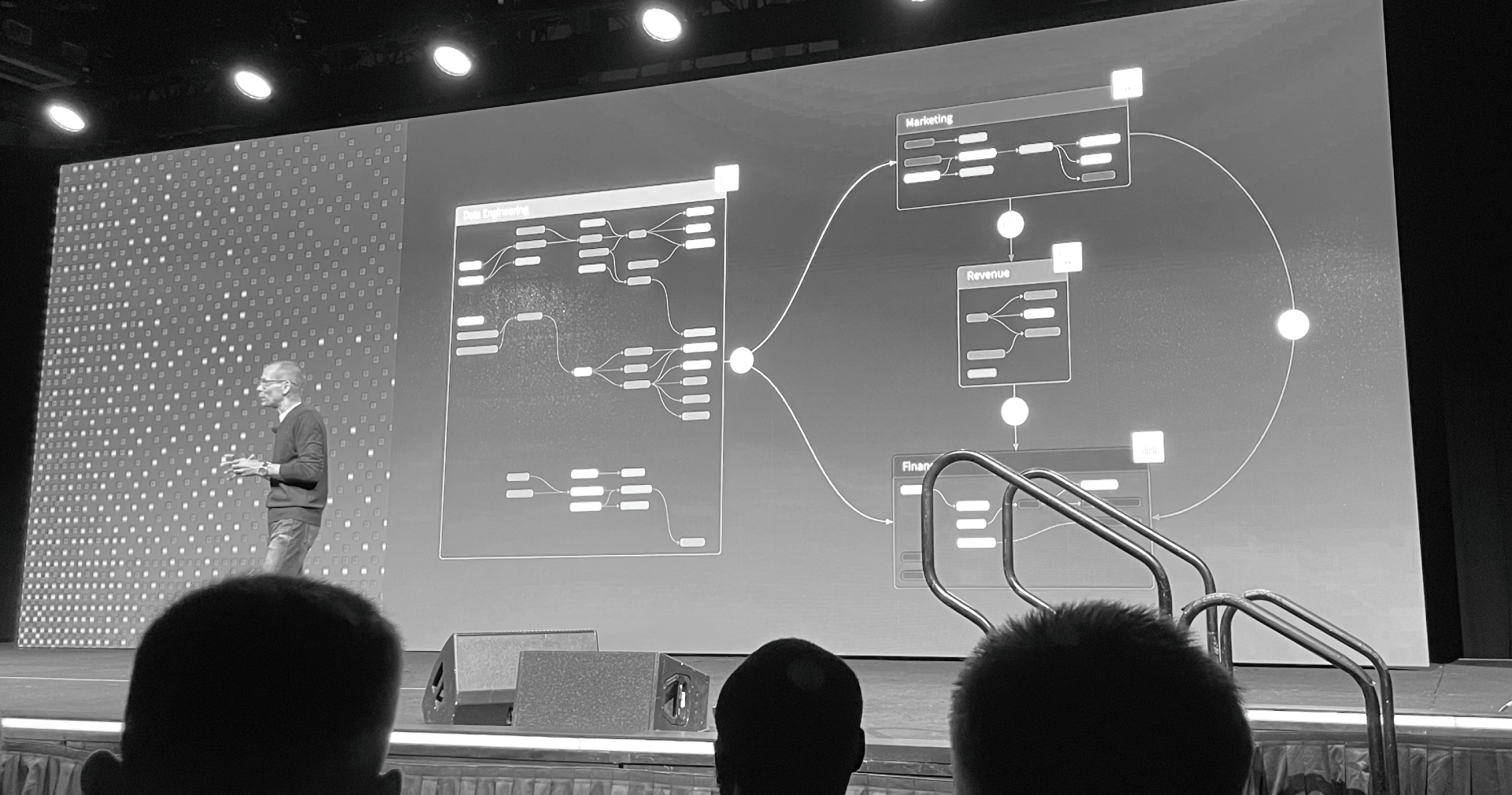
Time for the new Coalesce announcements. It's pretty much about enabling dbt development at any scale.
Written by — Mikko Sulonen, Data Architect
Share to gain more social capita
Coalesce 2023, The Analytics Engineering Conference crafted by dbt Labs, happened last week in San Diego, California 🌴. Here's a short recap of the major announcements from Coalesce.
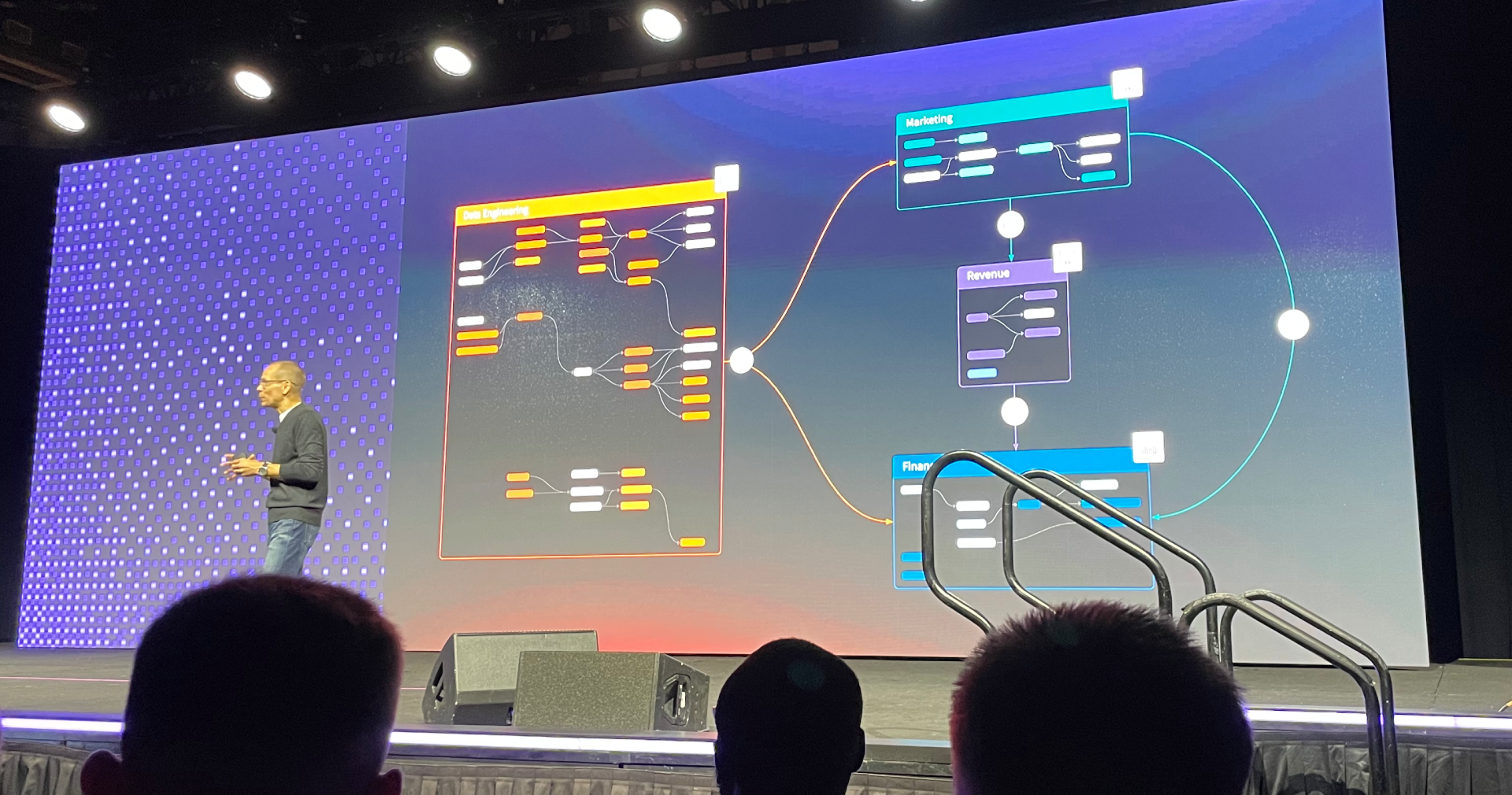
dbt Mesh from keynote
dbt Mesh is not just one new feature: it's a bundle of features aimed at enabling development at scale. Jeremy Cohen from dbt Labs shared some examples of the enabled scale: customers with 500 projects, most substantial projects having 100+ active developers 📈
dbt Mesh is built from cross-project ref, dbt Explorer, model versions and contracts, and access levels and groups:
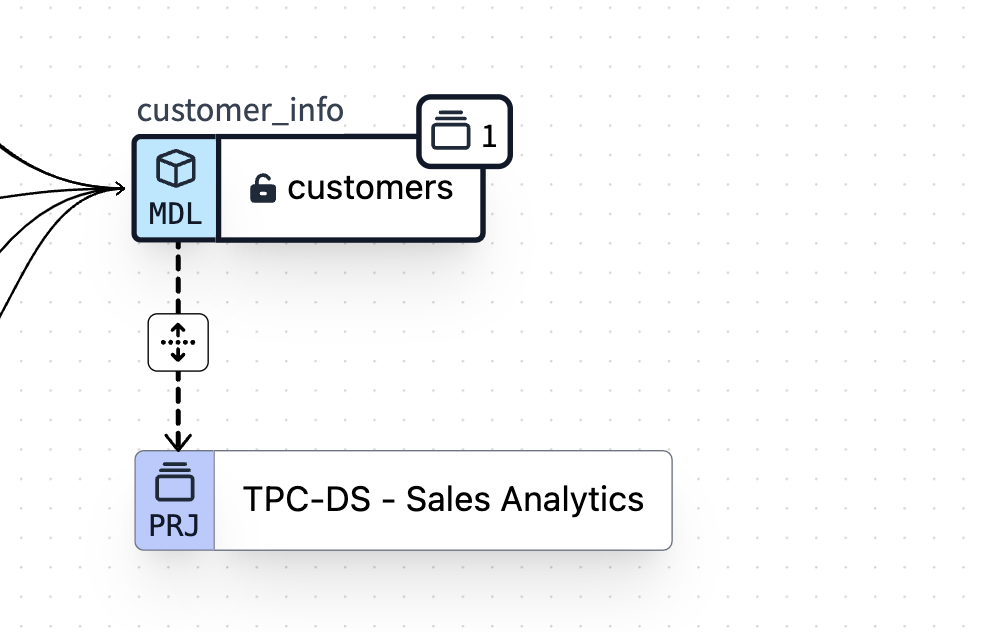
The access levels and model groups are for more than a multi-project or dbt Cloud environment. In a large dbt project, it might be helpful to create domain-specific model groups to limit the intermediate model usage: dbt will refuse to "ref" a model even in the same project when you've set them to private. Groups can bring clarity to just one project this way.
With the introduction of dbt Mesh, there's an obvious requirement for moving many monolithic dbt projects to multi-projects. To help with the transition, dbt Labs has created dbt-meshify! An open-source CLI tool to help create groups, versions, and child projects. It completely automates the creation of yaml-files, dependency creations, versions, and two-part refs.
And it's not just for cross-projects. If you plan to introduce refs or groups on your single-project dbt Core project, you should check it out. dbt-labs/dbt-meshify in Github
dbt Semantic layer was re-launched, now powered by MetricFlow. It is an understatement to call this a re-launch: the previous version looks like the alpha or the beta version compared to the current one.
The basic gist is that you define the components and how they are related. Then, you query the Semantic Layer from your BI tool or via GraphQL or JDBC. The architecture and the idea are the same as the previous year:
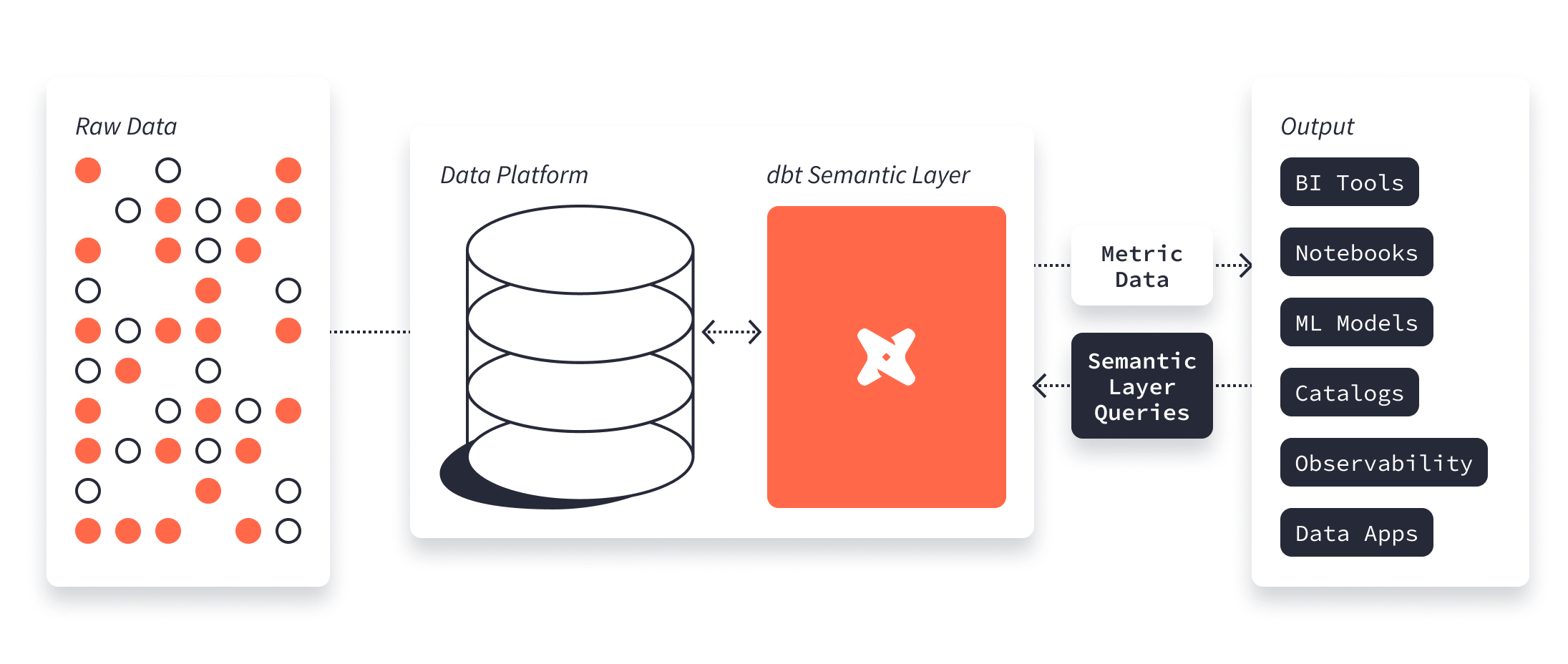
The components are:
The architecture stays the same: The dbt Cloud semantic layer sits on top of your DW (now supporting Snowflake, BigQuery, and Databricks, by the way!) and takes the queries from downstream users. It then translates them on the fly to the target DW SQL and sends the queries to the DW. Results are returned to the end user as soon as they are available.
We are already seeing some exciting implementations here. Since the Semantic Layer has the definitions of your business models, entities, metrics, measures, how to join all of these, and how to form the proper SQL, it's an excellent pairing with Large Language Models. Zenlytics is already providing an LLM chatbot that integrates with a Semantic Layer, and with the Semantic Layer definitions, it should always return correct results and not hallucinate on its own.
Now you think that with the cross-project ref, a dbt Cloud only feature, how will you work with both dbt Core from your VS Code or another editor and with dbt Cloud? There's now the dbt Cloud CLI. It aims to be a drop-in replacement for dbt Core and behaves the same way as dbt Core. The only differences are that all the execution gets pushed to the dbt Cloud and that the cross-project refs are evaluated from the dbt Cloud Discovery API.
It streamlines the installation workflow for a local dbt setup in a dbt Cloud project. Do note that it installs as "dbt" on your CLI so that you will clash with your current installation of the dbt-core adapter. And since the profiles.yml is replaced with dbt Cloud references, some extensions need to be fixed now.
This year, many announcements focused on dbt Cloud and are paid product features. However, dbt Core being open-source and at the heart of dbt Cloud as well, there's also something exciting for dbt Core users.
In the 1.6 betas, a Python API was introduced to dbt Core. There's an open-source package called dbt-loom, which provides similar cross-project referencing to dbt Core! Beware that the Python API is currently documented as unstable, and the functionalities are subject to change. Nevertheless, it's a great example of what the community can build when the core is open-source! nicholasyager/dbt-loom in Github
Would dbt be a good fit in your data stack? How does it compare to your current setup or what you have in your plans right now? We can set you up with a data tools comparison, or run an extensive dbt workshop to jump-start your development with best practices in your environment.
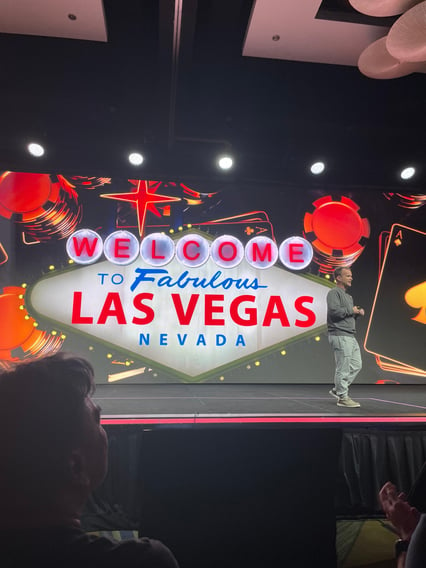
Now, after two in-person Coalesces, it's a well-established tradition to publish the location of the next Coalesce at the closing keynote. So for 2024, dbt Coalesce is going to Las Vegas! The process of attending conferences is quite straightforward with us (check last year's blog post for reference at Coalesce 2022), so if you like working with dbt and we see it as an excellent investment to attend again, I'd be more than happy to have a coworker with me in the casino floors!
dbt development at any scale